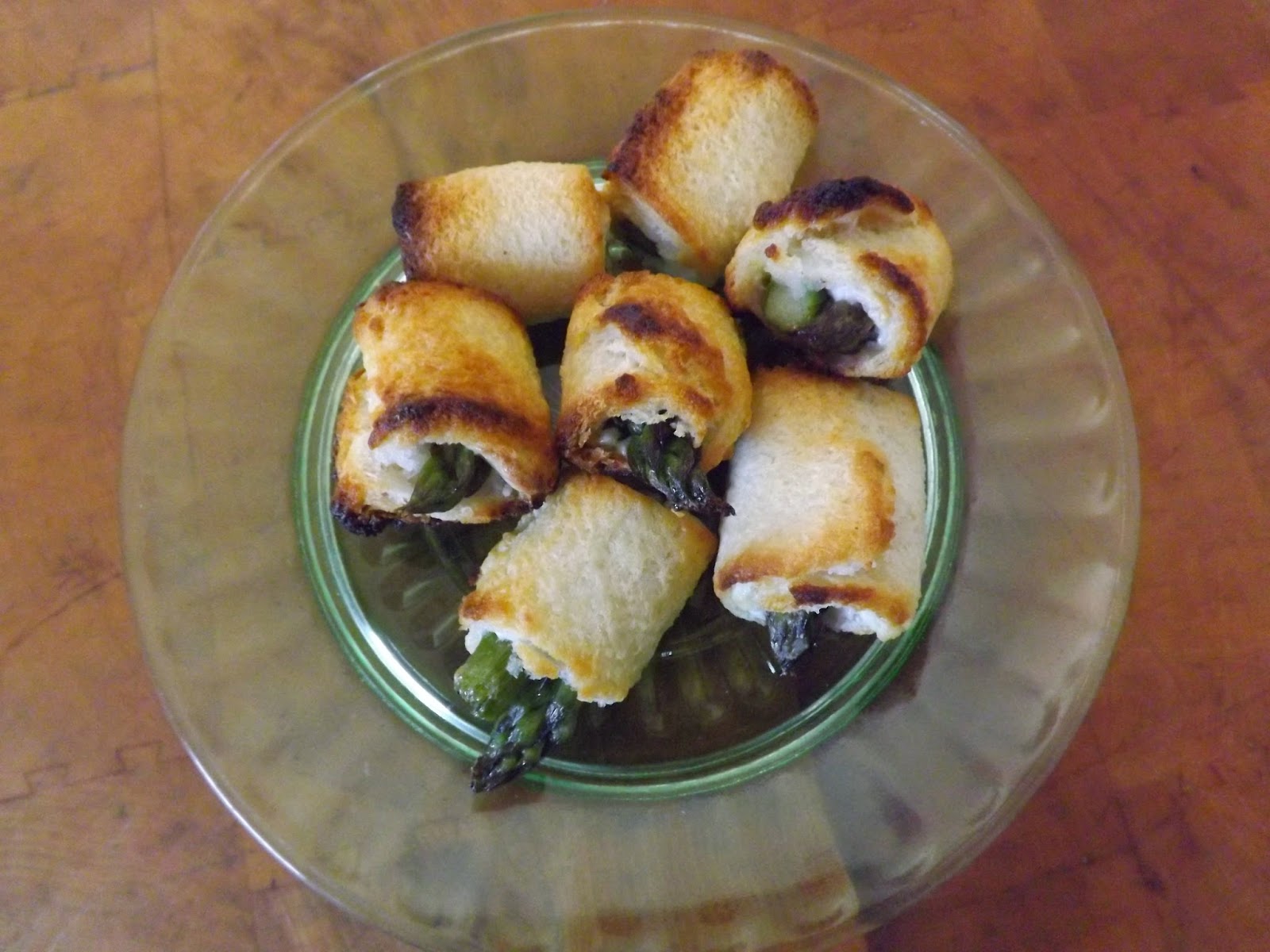 | ||
| Last year's asparagus, sharing space with edible wild violets |
 |
| Purple Martin "Scout" March 11, 2014 |
Growing asparagus requires a leap of faith because gardeners may not harvest spears until the plant's third growth year. If shoots are cut too early, the plant is unable to establish its root system and it will perish. Gardeners can get a jump start by purchasing three-year-old plants, but even then, no spears should be cut the first year. After the third growth year, gardeners may harvest spears for six to eight weeks before allowing spears to grow into beautiful fronds that provide nutrients for the plants and make them more productive the following year. About fifteen years ago, I planted ten asparagus crowns in my herb garden. This raised bed is convenient to my kitchen and I add fresh pine straw mulch in Fall and Spring, so weeds are easy to control. Because we love asparagus and thought it was an easy perennial plant to grow, Richard and I planted over 650 asparagus crowns at Heart & Sole Gardens. Using rakes, we mounded three long rows and carefully placed each leggy plant on top of the rows. After covering what looked like sea creatures with a good bit of soil, we resisted the temptation to cut that year's first tender shoots.
 |
| Asparagus rows at Heart & Sole Gardens |
We reaped the rewards of our efforts the following year when we tasted our first asparagus. Asparagus is a vegetable, like corn, that should be eaten as soon as possible after harvest for optimum flavor. I use a sharp knife to cut the spears close to the ground and sometimes, I confess, I eat them in the field. Deliciously sweet and nutty, raw asparagus is a treat. We also enjoy asparagus grilled, roasted, baked in casseroles and frittatas, lightly steamed or pureed in soups. One of our family's favorite recipes was shared with me by Miss Mary Mast, a former home economics teacher at Hibriten High School, in Caldwell County. During her long teaching career, Miss Mast taught hundreds of students to appreciate healthy food and to prepare delicious dishes. Her asparagus rolls were locally famous and when she served them, hot from the oven, for faculty parties, wedding or baby showers, or to classes of hungry students, there were never leftovers.
 |
| Asparagus and Morel Mushroom Frittata, Sublime Marriage of Spring Ingredients |
Once asparagus plants are established, organic pest control is fairly simple and asparagus beetles, the plants' nemesis, may be removed by hand. Although it is easy to weed my home bed, it is usually impossible for me to keep the asparagus rows at the farm free of weeds and, each February, I remove the spent fronds and begin the annual arduous process of pulling weeds by hand. Last month, I used a sling blade tool to remove dead asparagus fronds and weeds, but quickly decided the tractor was a faster, easier machine for that task. Admittedly, 650 asparagus plants yields a lot of produce and while Richard and I do not enjoy the necessary weeding process for this crop, we do love to eat fresh asparagus. With what we hope will be an abundant harvest this Spring, we plan to share with our son's restaurant, Heirloom, located in the Mountain Island Lake community of Charlotte, and it is gratifying to know many blog readers will have the opportunity to sample the fruits of my labor.
While we all look forward to warmer days, enjoy this harbinger of Spring and whether you grow your own or purchase it at a local farmer's market or supermarket, try this recipe, courtesy of Mary Mast. Each Spring, I make hundreds of these rolls and store them in freezer bags so we can enjoy asparagus when it is not in season.
 |
| Baked Asparagus Rolls, Hot From the Oven |
20 slices white or whole wheat sandwich bread, remove crusts and flatten with a rolling pin
12-14 asparagus spears, lightly steamed (canned may be used)
3 ounces cream cheese, softened
4 ounces blue cheese crumbles
1 egg, lightly beaten
1 1/2 sticks butter, melted
Combine egg and cheeses and spread onto flattened bread slices. Place one asparagus spear on cheese mixture and tightly roll bread around spear. Use fingers to press edges of bread to seal. Dip rolls into melted butter and place rolls on cookie sheet, lined with parchment paper or a baking pad. Place rolls in freezer and leave until firm, but not frozen through, about 20 minutes. Remove from freezer and use a sharp knife to slice each roll into thirds. Store frozen rolls in freezer bags. Before baking, preheat oven to 425 degrees. Place frozen rolls on baking sheet and bake for about 12-15 minutes, until golden.
 |
| The special tool I use for weeding asparagus |







0 comments:
Post a Comment